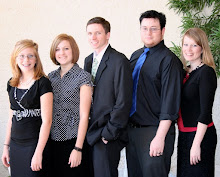
It’s rainy season
about the end of January.
Long, cold, soggy mornings enveloped in fog until noon.
We needed a reason to stay home from school!
But then, we heard the news
about NASA’s race for the moon -
it was bad . . .
how all three died on the launch pad
tied to their seats
in their astronaut suits
going nowhere.
The worst part, was knowing there was nothing
anyone could do - we were scared,
who to blame?
While they screamed and screamed
inside the flames.
* Especially after successful deployment of the Russian satellite “Sputnik” in 1957, the American “Race for Space” was in fierce competition with the Soviet Space program. More than a matter of national pride, the glaring lack of technical and possibly military superiority suggested by Sputnik’s orbit deeply alarmed millions of Americans. JFK had himself proclaimed our national quest to place a man on the moon before the end of the decade, and NASA (the National Aeronautics and Space Administration) was dedicated to the task.
Our fascination with the triumph and the glory of Space exploration was as yet untainted by failure. Every school yard seemed a-buzz with little boys who wanted to grow up to be an astronaut, and little girls who wished they could be boys.
On January 27, 1967, during a pre-flight test for what was to be the first manned Apollo mission, a fire claimed the lives of three U.S. astronauts; Gus Grissom, Ed White and Roger Chaffee.
Any American kid was familiar with most of the basics of spaceman stuff; we knew that spacesuits were wired for radio communication, and that NASA technicians monitored everything from a control room. The Apollo 1 tragedy was extremely graphic to our minds-eye, however uninformed we might have been of details (such as they weren’t really on a launch pad, etc.) The concept of burning alive - and someone having to listen to it - was enough to upset our playground talk for weeks.
The fairy tale of space had been altered forever.








No comments:
Post a Comment